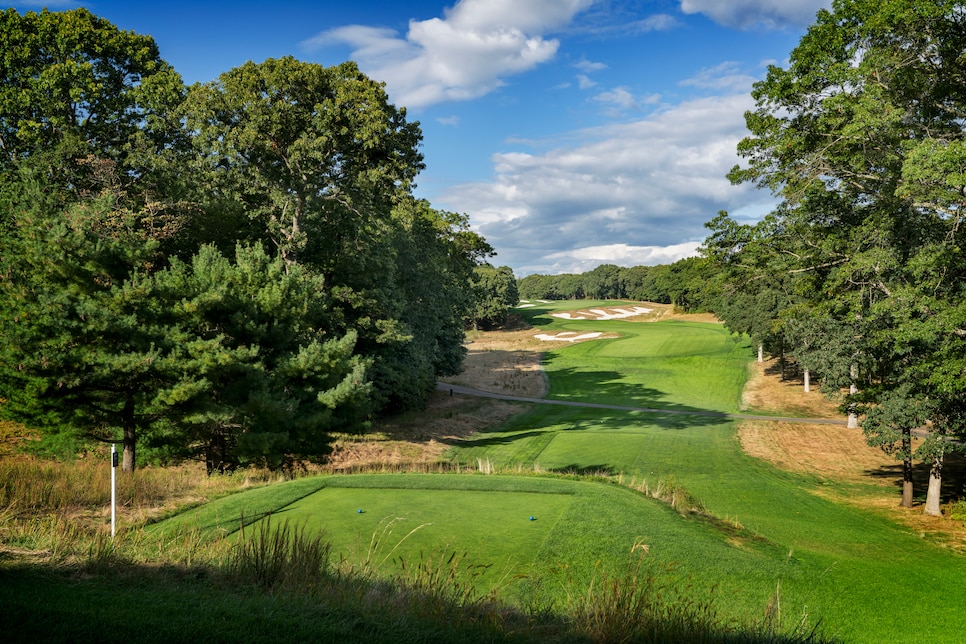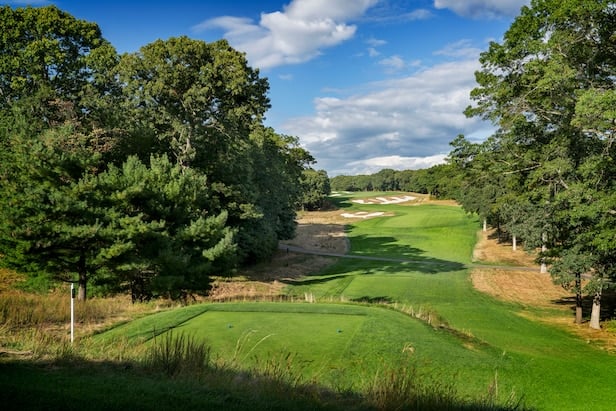The Black course at Bethpage State Park lives in two realities that normally don’t intersect. One, it’s a municipal golf course that anyone can experience if they can get a tee-time. Two, it’s an excruciatingly difficult design that wreaks havoc on the scores and psyches of the everyday golfers who play it. That typically doesn’t work well at a public course.
And for that reason, the Black, ranked 38th on America’s 100 Greatest Courses, is special. It’s a place that’s both inviting and overbearing, enchanting and barbarous.
RELATED: Five elements of a great matchplay course
As a Ryder Cup venue, Bethpage Black should be a fascinating playing field. From the public golf perspective, the galleries are certain to provide a New York home game, screaming their loyalties and antagonisms the way only “the people” who live here can. From the challenge perspective, the course is going to throw up relentless and unamusing obstacles for the US and European teams, demanding long, unerring drives and drawing blood match by match, point by point.

Bethpage Black’s fourth hole is one of the best par 5s in golf.
Here, it would make sense to profile one of the Black’s stout par 4s, which are the course’s iron-dome defence, particularly holes like the iconic fifth, the cut-corner seventh or the majestic 15th, the most difficult hole on the course in the 2002 and 2009 US Opens as well as the 2019 PGA Championship.
But there is one hole too mesmerising to be overlooked: the unforgettable par-5 fourth that zigzags uphill around enormous bunkers, a curious and beautiful objet d’art amid the menagerie of torture devices. Every hole on the Black demands that you mash it, but the fourth also demands that you think. It’s only 517 yards (473 metres), but the minute you believe you can overpower it, it comes off the ropes and knocks you on your heels:

